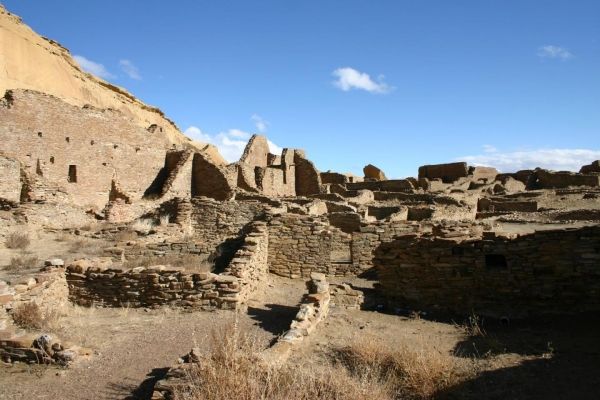A majestic ponderosa pine, standing tall in what is widely thought to have been the "center of the world" for the Ancestral Puebloan people, may have more mundane origins than previously believed, according to research led by tree-ring experts at the University of Arizona.
A study published in the journal American Antiquity provides new data that calls into question the long-held view of the Plaza Tree of Pueblo Bonito as the sole living tree in an otherwise treeless landscape, around which a regional metropolis in New Mexico's Chaco Canyon was built.
Combining various lines of evidence, the study is the first to apply a technique called dendroprovenance to a sample of the plaza tree that uses tree-ring growth patterns to trace the tree's origin. The data revealed that the tree did not grow where it was found, and is therefore unlikely to have played a role as significant as various authors have ascribed to it ever since it was discovered in 1924.
According to the study's first author, Christopher Guiterman, who is an assistant research scientist at the University of Arizona's Laboratory of Tree-Ring Research, "the tree goes back all the way to the birth of tree-ring science – a supposedly living tree growing in 'downtown Chaco' during the height of its occupancy – which would make it the only tree of its kind that we know of in southwestern archaeology."
Read more at University of Arizona
Image: The north wall and room block of Pueblo Bonito, the largest of the great houses in Chaco Canyon. Pueblo Bonito is considered widely as the center of the Chaco world. (Credit: Thomas Swetnam)


